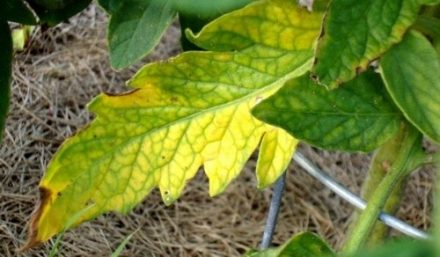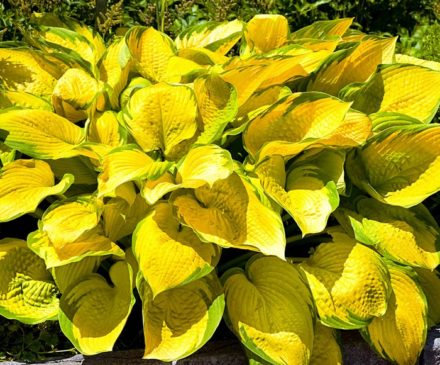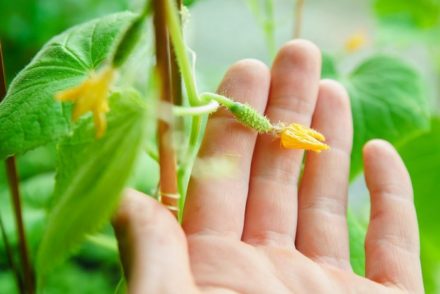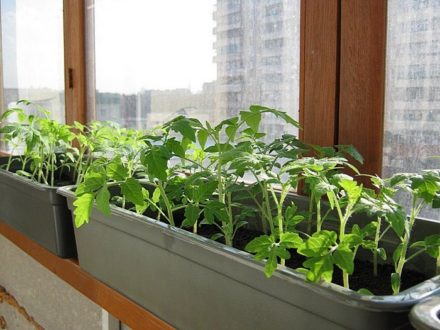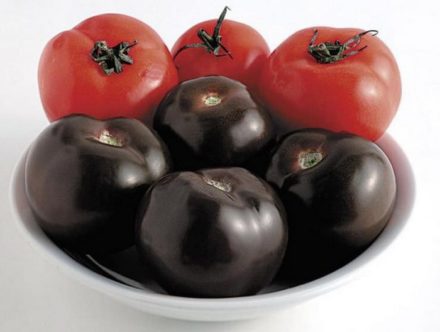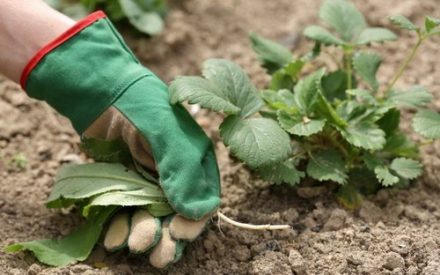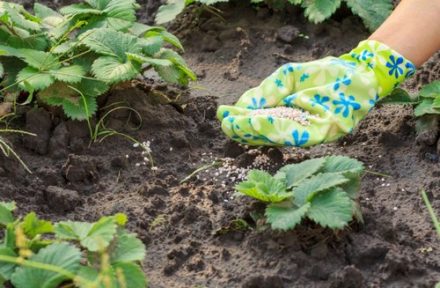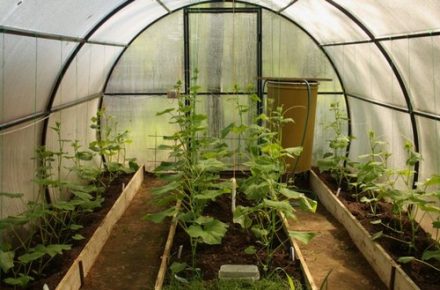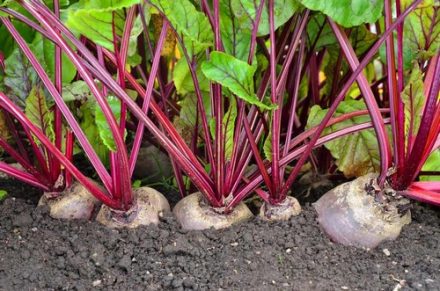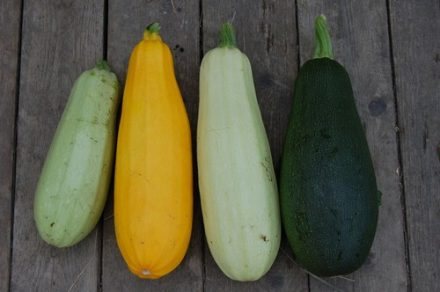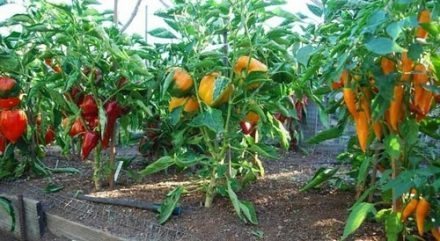Tomatoes, as well as all kinds of dishes made from them, are loved by many. Therefore, summer residents make every effort to grow and harvest organic vegetables on their own plot. Many people also grow tomato seedlings on their own, starting this process in advance, and sometimes they get upset when they notice yellow leaves on young shoots. The condition of the seedlings is, first of all, indicated by the appearance of the leaves. When yellowness first appears on plants, you should analyze the situation and take measures to ensure that they do not die and recover as quickly as possible.
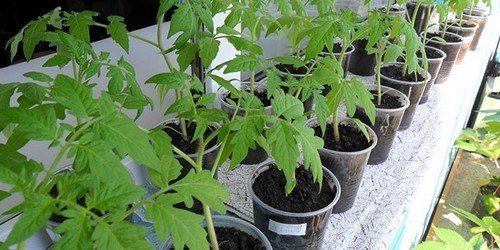
In general, all the reasons that cause yellowness on tomato leaves can be combined into the following groups:
- lack of nutrients;
- errors in care and maintenance;
- diseases and pests.
Let's take a closer look at the causes of the problem of yellowing leaves and ways to solve it.
Lack of micro- and macroelements
Nutrient deficiency is a fairly common problem. It is not always easy to determine which element a young plant lacks. In this case, you need to pay attention to exactly how the leaf turns yellow.
Nitrogen deficiency
The lack of this element in plant nutrition is the most common cause of yellowness on the leaves.With nitrogen deficiency, yellowing appears simultaneously over the entire surface, and later the plant begins to lag in growth. Older leaves, which are located in the lower part of the shoot, are more susceptible to this manifestation. The problem can be solved by fertilizing with nitrogen fertilizers - both mineral and organic.
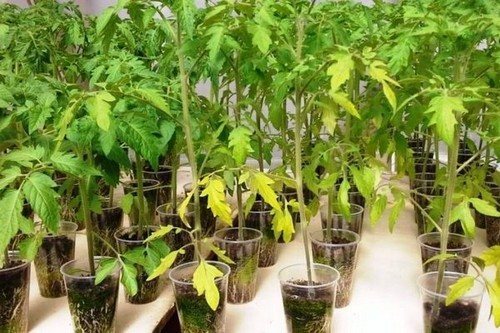
Potassium deficiency
If the leaf begins to turn yellow at the edges, then we can say with confidence that the seedlings are lacking potassium in their diet. Plants can be fertilized by root method, as well as by spraying. Fertilizers containing only potassium are suitable. Complex fertilizers can also successfully solve this problem.
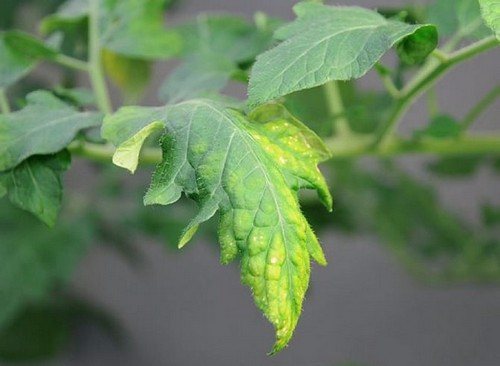
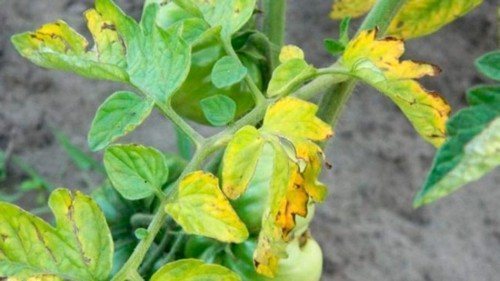
Iron deficiency
A yellow tomato leaf with green veins indicates iron deficiency, with the upper young leaves suffering more. It is advisable to feed the seedlings by spraying the leaves with iron preparations.
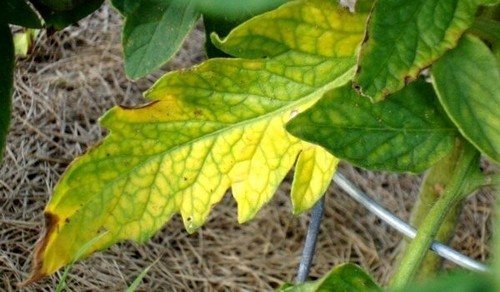
Magnesium deficiency
This problem is characterized by the appearance of yellow spots on the surface of the leaf.

If the spots that appear acquire a brown tint, then it can be assumed that the plant has a lack of zinc.
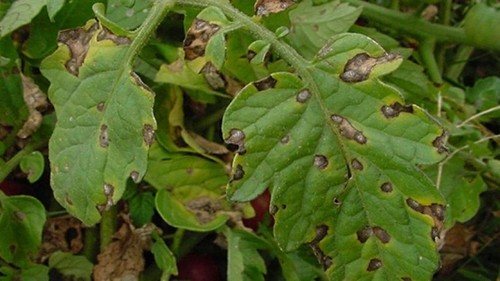
Errors in the care and maintenance of seedlings
Often yellowing of leaves is associated with improper care of seedlings. The key factors may be improper lighting or irrational watering.
If the seedlings grow on the north side, then it is likely that they lack sunlight. This may appear as yellowing of the lower leaves. The opposite problem is burns caused by a plant in too much sun. The likely time of occurrence of burns is mid-spring.Under adjusted lighting conditions, the seedlings will recover after a few weeks.
Insufficient or excessive watering can also lead to the appearance of yellow leaves on the shoots. If there is a lack of moisture, the leaves turn yellow, begin to wither, and then dry out. Excessive watering causes the leaves below to turn yellow, but they do not become dry.
Diseases and pests
Seedlings not growing in open ground are not too susceptible to pathogenic insects. More often, diseases overtake seedlings when they are transplanted into open ground or into a greenhouse. Characteristic signs of the presence of the disease are the appearance of yellow or white spots, leaf curling and the presence of a white coating on the back of the leaf blade. In this case, it is advisable to treat the bushes with special preparations, which will help stop the development of the disease and prevent its spread to neighboring vegetation.


